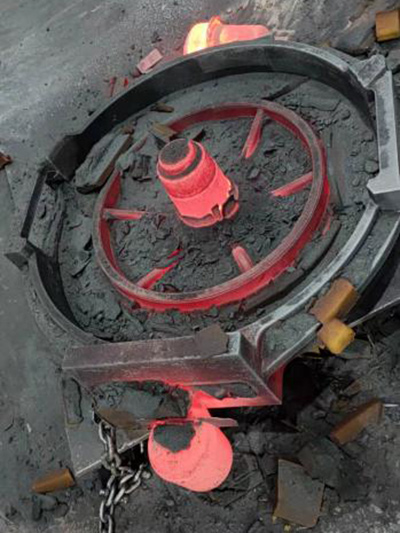Wet Sand 3D Printing A Revolutionary Approach to Additive Manufacturing
In recent years, 3D printing has transformed various industries, enabling innovations that were once considered futuristic. Among these advancements, wet sand 3D printing has emerged as a unique technique, presenting exciting possibilities for construction, art, and prototyping. By leveraging the unique properties of wet sand, this method not only enhances the capabilities of traditional 3D printing but also opens doors to sustainable practices in construction and manufacturing.
Wet Sand 3D Printing A Revolutionary Approach to Additive Manufacturing
One of the most significant benefits of wet sand 3D printing is its environmental impact. Traditional construction methods often involve significant waste and resource consumption. In contrast, wet sand printing is additive, meaning materials are only used where needed, thereby minimizing waste. Additionally, sand is one of the most abundant natural resources, making it both a sustainable and cost-effective material choice. Many researchers and companies are exploring how to further integrate recycled materials into the wet sand printing process, which could reduce the carbon footprint associated with new constructions.
wet sand 3d print

Wet sand 3D printing is not limited to construction; it has valuable applications in art, education, and product design. Artists are beginning to experiment with this technology to create intricate sculptures and installations that showcase the versatility of wet sand as a medium. Educational institutions are also adopting this method, providing students with hands-on experience in engineering and design while promoting sustainability.
Moreover, the technology is rapidly evolving, with ongoing research aimed at enhancing the mechanical properties of printed objects. Innovations in binder formulations and printing techniques are paving the way for stronger, more resilient structures that can withstand various environmental stresses. As the technology matures, we can expect to see its applications expand beyond initial use cases, potentially revolutionizing how we approach building and manufacturing in diverse sectors.
Despite its promising advantages, wet sand 3D printing is not without challenges. The intricacies involved in achieving the right consistency of sand and binder, as well as controlling moisture levels, can be complex. Additionally, while the technology continues to advance, it must contend with regulatory standards and building codes, particularly in construction applications.
In conclusion, wet sand 3D printing is an innovative approach that merges creativity with sustainability. As research progresses and more industries recognize its potential, we may well see a significant shift in how structures are conceived and created. By embracing this cutting-edge technology, we can foster a new era of construction and manufacturing that prioritizes efficiency, cost-effectiveness, and environmental responsibility. The future of wet sand 3D printing is bright, and its full scope of possibilities is only beginning to be realized.
Post time:Zář . 03, 2024 06:25
Next:uses of foundry sand
